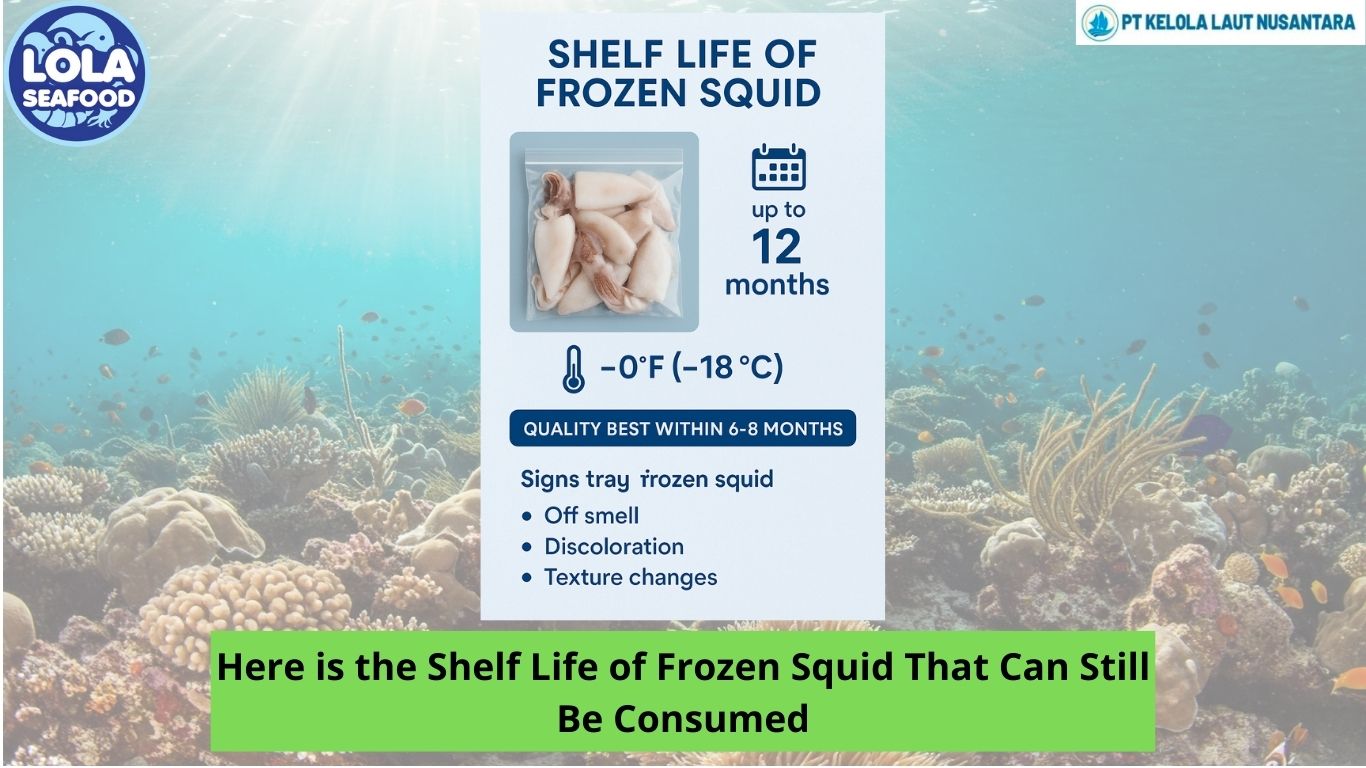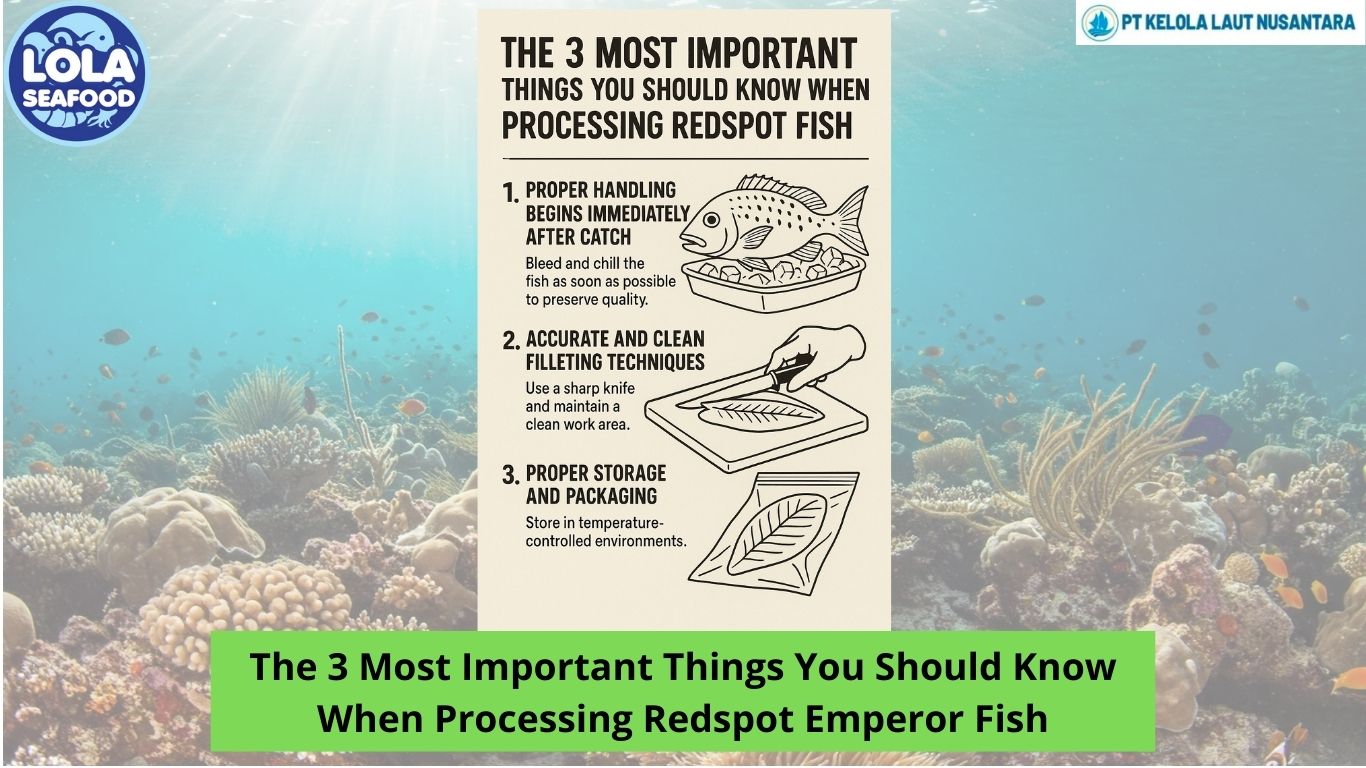AMMONIA REFRIGERATION
By. Najih - 12 Jul 2024.jpg)
Ammonia refrigeration is a type of refrigeration system that uses ammonia (Ammonia (a compound of nitrogen and hydrogen - NH3) as a refrigerant. Ammonia is a colourless gas with a sharp, pungent odour. Its strong odour warns people of the danger of the gas. The gas is not dangerous, but it’s a strong base that reacts with acids, even in small amounts, to produce toxic or flammable gases. Ammonia has a level of flammability in the air but has resulted in explosions under very specific conditions involving Ammonia concentration in air, relative humidity, and temperature. Although Ammonia is non-toxic at low concentrations, the smell of Ammonia may cause breathing problems in small children. The main drawback of using Ammonia as a refrigerant is its toxicity. While the legal and regulatory system does not ban its use as a refrigerant, other systems, such as Freon-based CFC-free gases, are much safer and are less likely to cause a lawsuit.
The working principle of an ammonia refrigeration system is as follows: ammonia gas is compressed, a process that increases its pressure and temperature. Removing heat from this gas means it reaches condensation and thus turns into a liquid state. The now condensed liquid ammonia flows through an expansion valve, where its pressure is reduced. The result is its evaporation, a process that also enables the substance to absorb heat from the surroundings, thereby cooling the area.
Some of the advantages of ammonia refrigeration include:
- Excellent thermodynamic properties, allowing it to absorb large amounts of heat during evaporation
- Outstanding efficiencies. At full capacity, ammonia refrigeration systems can be up to 20% more efficient than other industrial refrigeration systems at full capacity, while also showing great results at part capacity.
- Wide operating range, making it suitable for various cooling requirements.
- An environmentally-friendly choice thanks to presenting zero ozone depletion potential (ODP) and a low global warming potential (GWP)
- Low cost (which may reach even one-tenth of conventional hydrofluorocarbon refrigerants) and low operational costs


.jpg)
.jpg)
.jpg)



